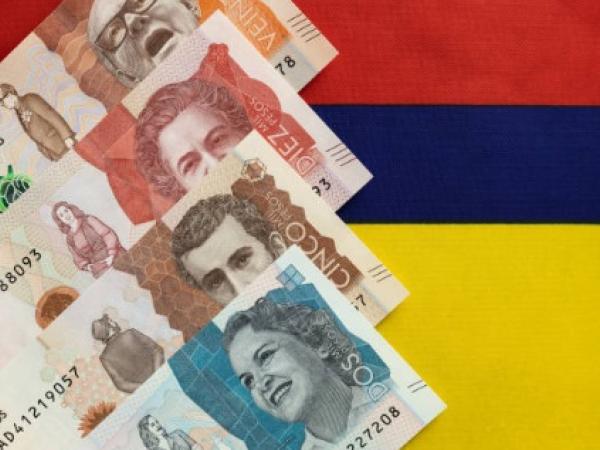Despite the increase in interest rates of the Bank of the Republic and that has been transmitted to the market, the growth of the different types of portfolio accelerated last April.
(Read: Due to high inflation, the cost of air tickets rose 23%).
According to the Financial Superintendence, the gross balance as of the fourth month of the year amounted to $604.4 billion, with a nominal growth of 14% compared to the same period in 2021, when the figure was $530.3 billion.
In real terms, the gross portfolio registered a annual variation of 4.3%, behavior that reflects the increase in the balance in inter-monthly terms ($10.4 trillion); the dynamism of financing to households and companies, which in the month totaled disbursements of $35.5 billion and the lesser relative importance of write-offs, which accumulated $4.2 billion in April.
The commercial portfolio grew 1.5% real annual, consolidating the sixth consecutive month of growth, said the Super. In intermonthly terms, the balance increased $5.9 trillion, due to the dynamism in the corporate ($4 trillion) and foreign currency ($1 trillion) segments. The approval rate of the modality reached 84.22% of the number of requests and $16.8 billion were disbursed (higher than what was observed a year ago with $13.7 billion).
The Superfinanciera said that the dynamism of corporate products stood out with a real year-to-date increase of 6.1%, government with 3.1% and business with 1.8%, while SMEs, foreign currency and microenterprises were the ones with the most contracted in the month.
Consumer credit contributed 3 percentage points to the growth of the total, with a real annual increase of 9.4%, the highest rate since March 2020.
This year products such as free investment continue to promote the dynamism of the modality with a 7.8% growth, while draft and credit card reduced their dynamism. Free investment contributes 78.3% to the growth reported by the modality in April. Disbursements of $15.8 billion exceeded those of 2021 ($12.9 billion).
Financing for home purchase grew 4.1% in real annual terms, a lower rate than that registered in the same period of 2021 (5.8%).
The Superfinanciera report says that this behavior is consistent with the correction of the effect of inflation, since in annual nominal terms this modality grows 13.7% annually.
The disbursements in April were $2.2 billion, driven by the Non-VIS segment with $1.5 billion. In the case of VIS financing originated in pesos, this reports a real growth of 1.4% so far in 2022.
Microcredit completed 14 months of positive growth up to 2.4% real annual (higher than the 2021 average of 1.7%) and with a month-on-month increase in the nominal balance of $184,200.
disbursements reached $593,500a level higher than the $502,100 reported a year ago.
The smaller amount segment, that is, up to 25 minimum wages, grew 4.3% in real annual terms, while amounts greater than 25 minimum wages fell 1.4%, even though their balance in intermonthly terms rose by $49.5 billion. The entity said that the growth in placement is concentrated in niche entities.
The balance of the portfolio that reports arrears greater than 30 days reached $23.1 trillion, an increase of $224,700 million compared to that registered in March and a real annual decrease of 18.9%, due to the contraction of the past due balance in commercial, consumption, housing and microcredit, 20.3%, 18.8%, 15.9% and 12.6%, respectively.
(Furthermore: Experts see it as viable for the middle class to reach the goal of 55.4%).
The daily portfolio reached $581.3 billion, 96.2% of the total balance.
Portfolio quality indicators continue to converge to pre-pandemic levels.
The quality due to arrears, measured as the proportion between past due and gross portfolios, was 3.8% for the total portfolio. By modality, microcredit reported an indicator of 6.3%, followed by consumption, which stood at 4.5%, commercial, which closed at 3.5%, and housing, at 3%.
BRIEFCASE














